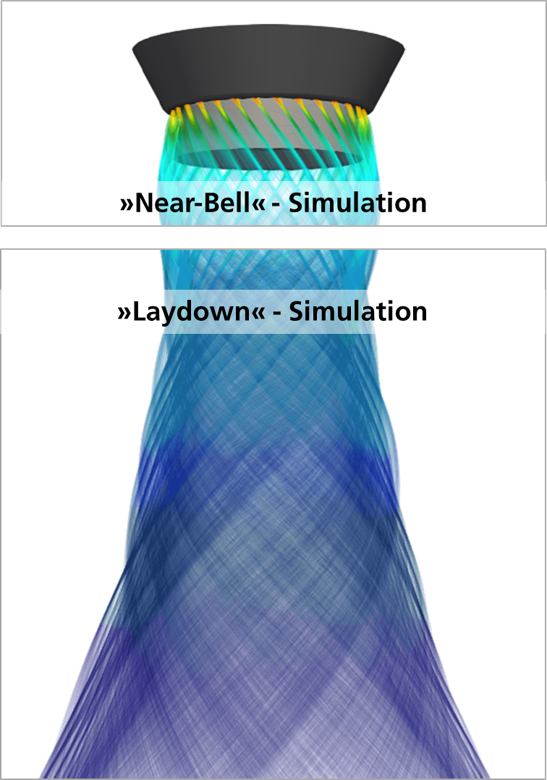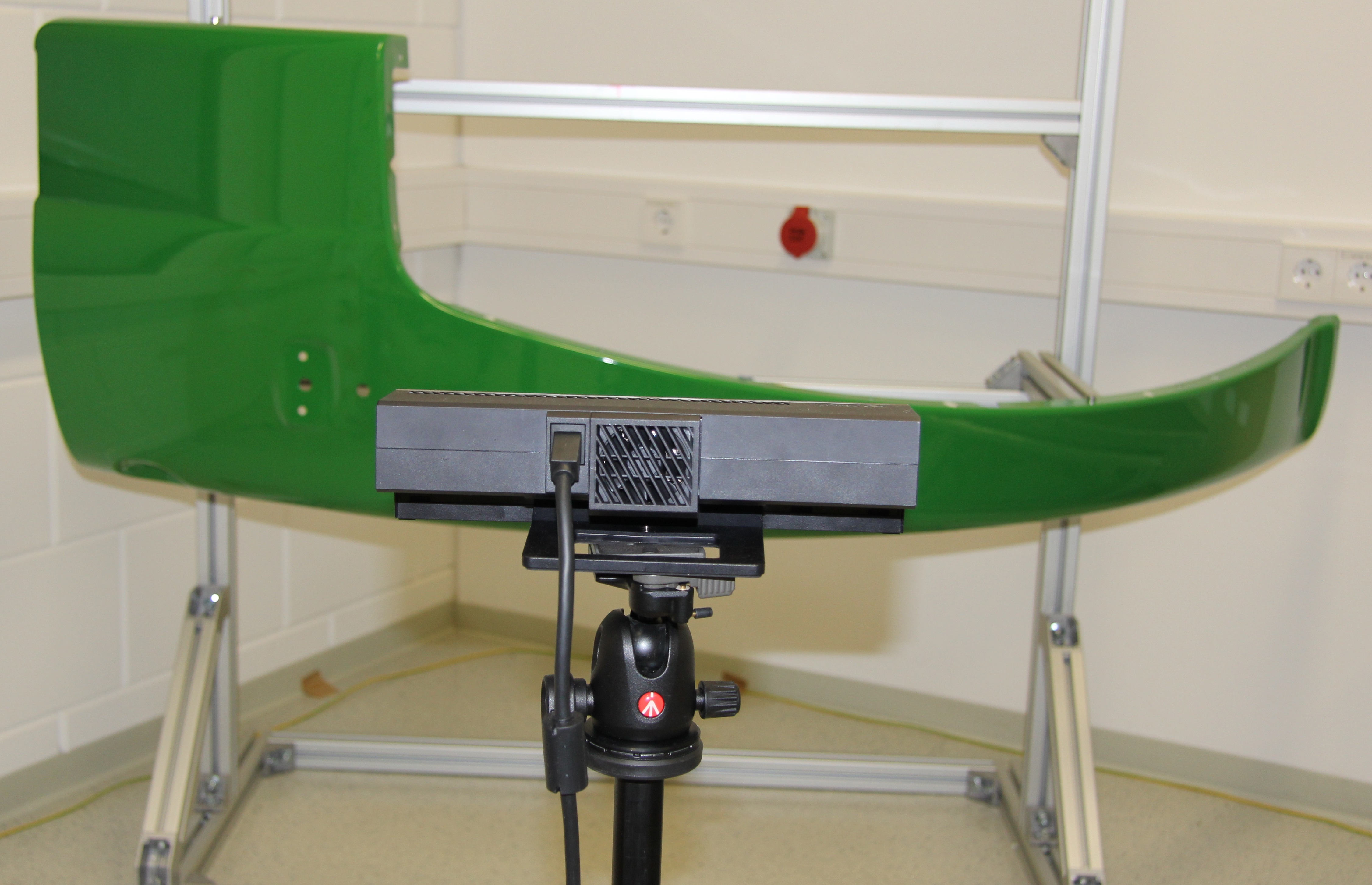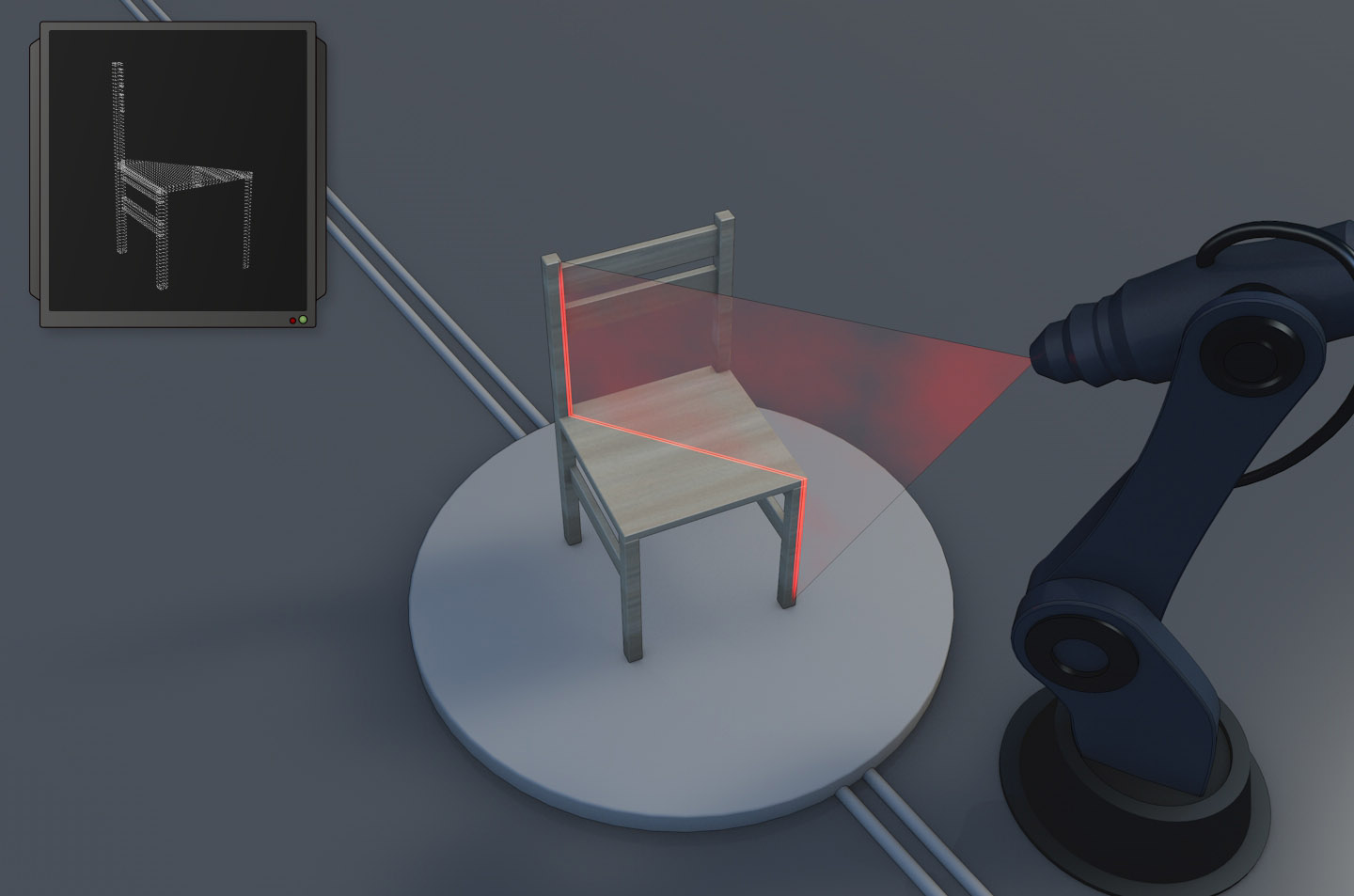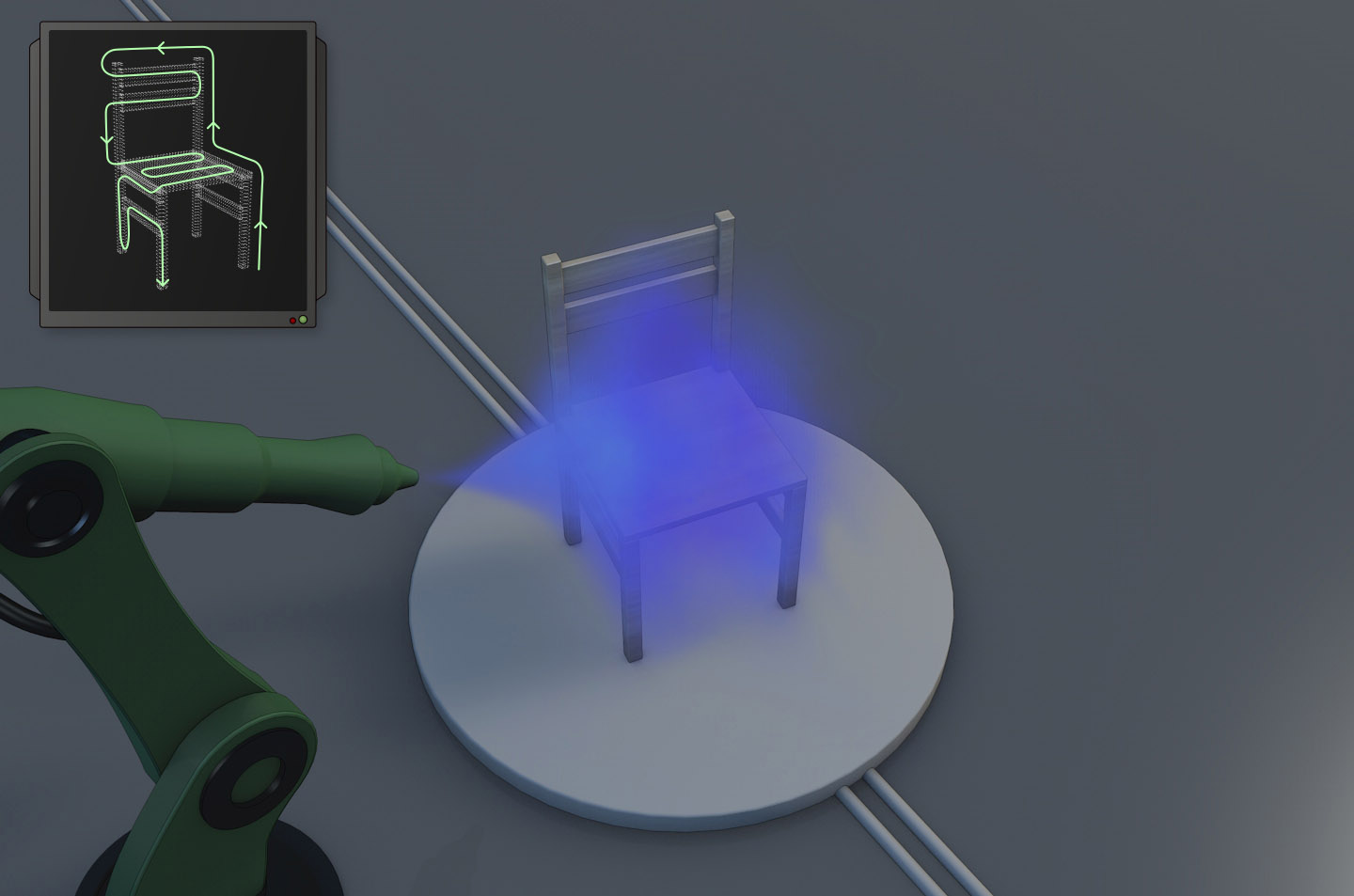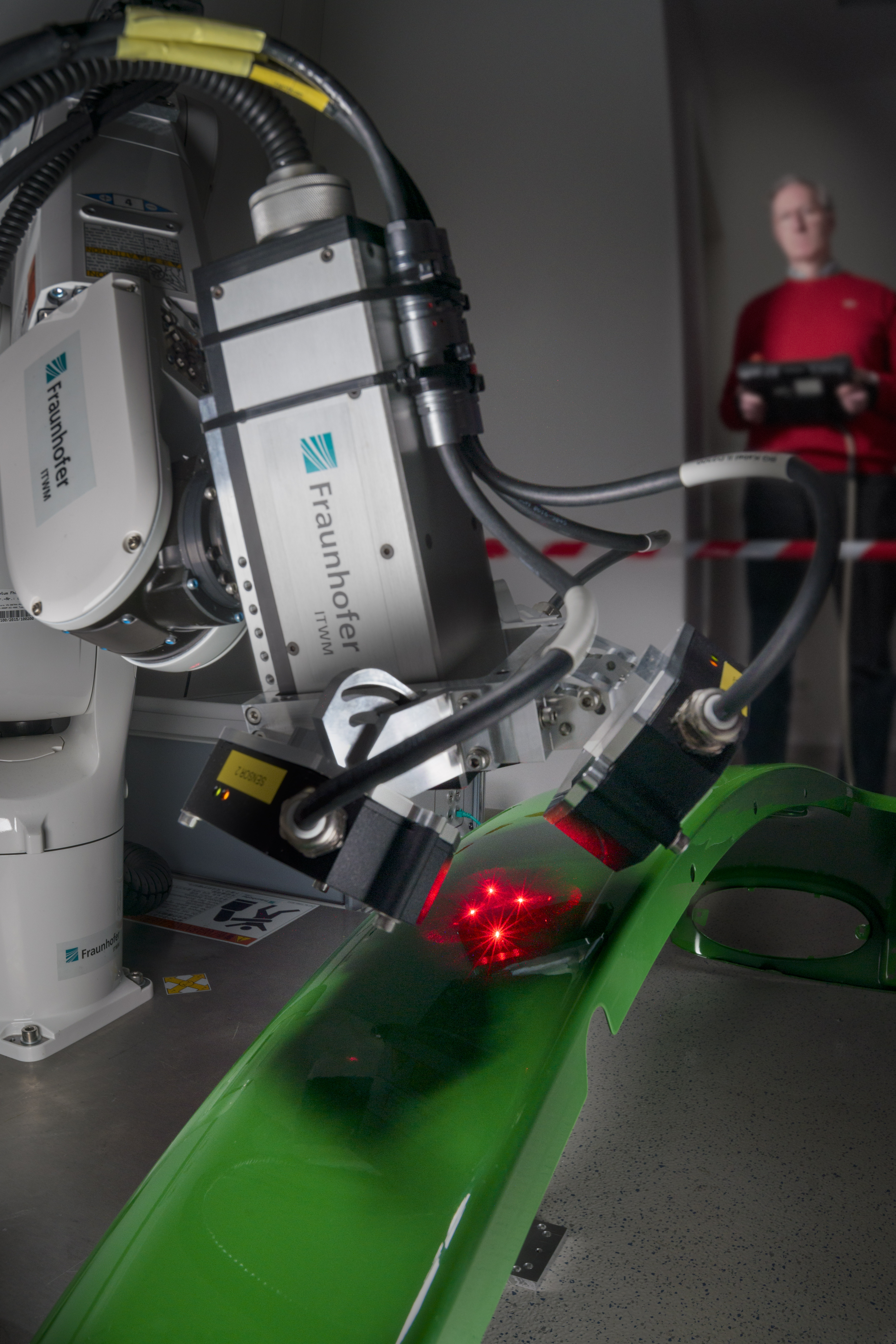Automated painting of individual pieces
Within the Fraunhofer research project, a painting cell was developed over a period of three years (2016-2019) that independently detects, measures and paints objects.
The fully automated painting cell makes it possible to process any objects. "SelfPaint" covers the entire painting process and is therefore suitable for numerous industries and fields of application. The idea and the project's successes to date show how future paint applications can be made more flexible and at the same time more resource-saving. The modular structure allows the use of the developed software and technologies beyond the self-programming painting cell and can also be integrated into existing painting systems.
The project has been completed. At the end of the project, a demonstrator was set up in the Fraunhofer IPA painting pilot plant. We will present the project at the PaintExpo in April 2020 in Karlsruhe.


